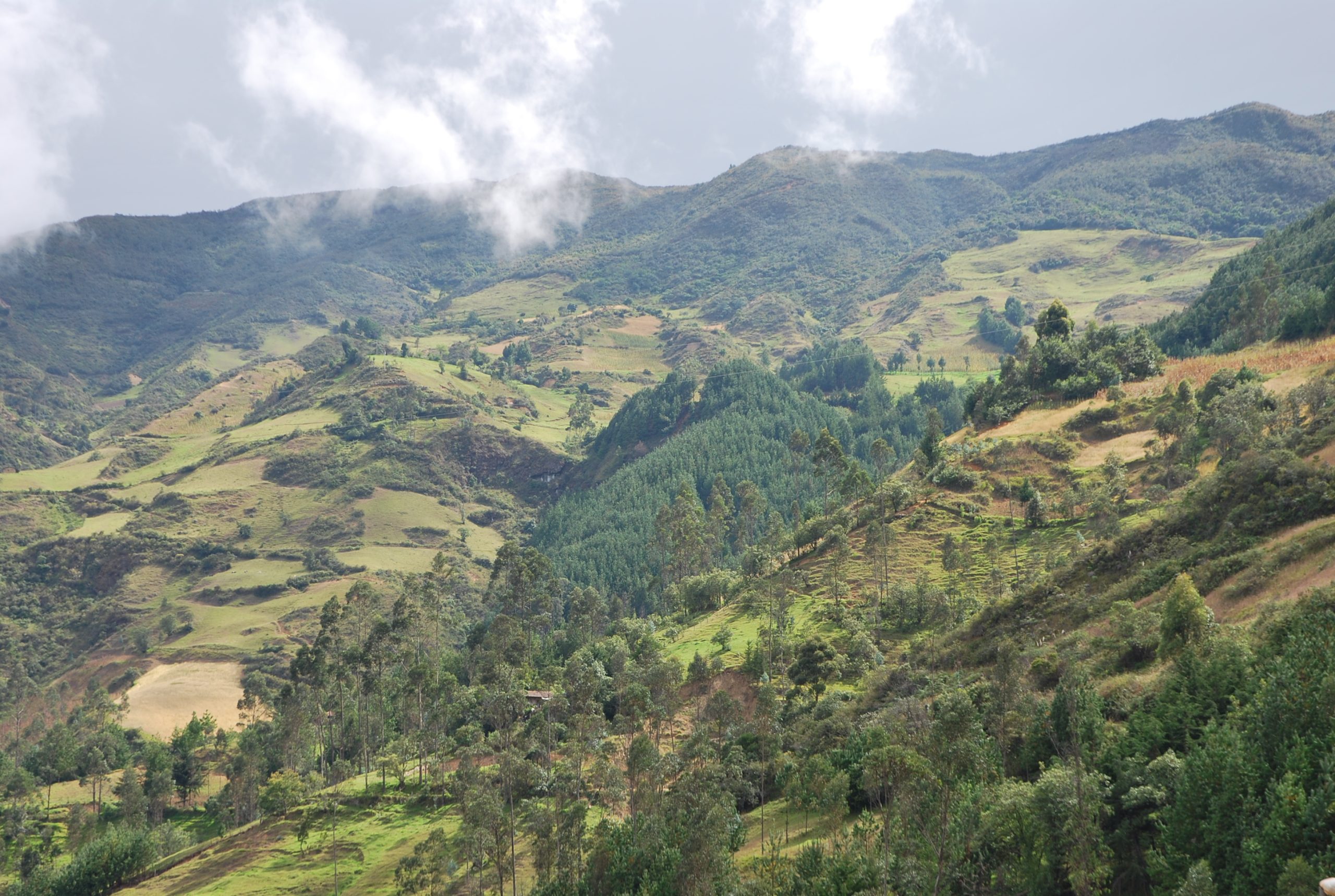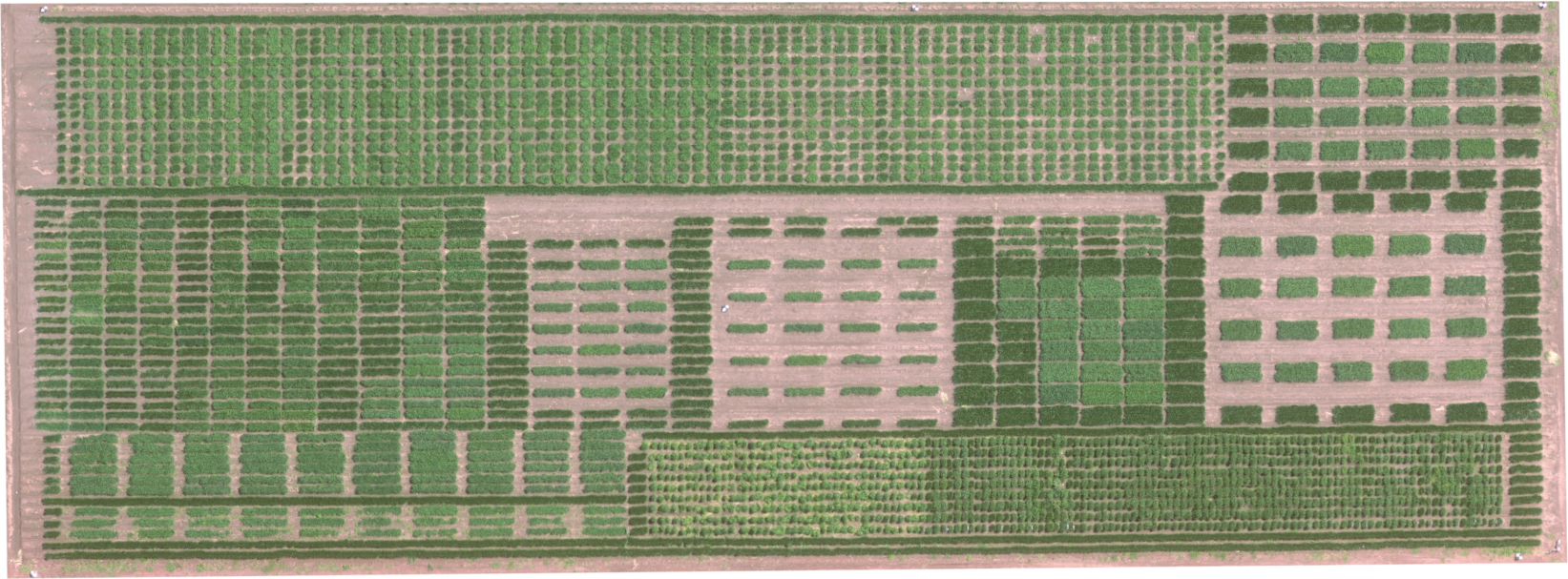Food security remains elusive for most smallholder farmers reliant on rainfed crop production, given the erratic rainfall patterns induced by climate change in Southern Africa. Among others, conservation agriculture (CA) is a concept often considered to be effective to adapt to these erratic rainfall patterns, enabling farmers to cope better with the prolonged dry spells that are characteristic of the semi-arid regions in Zimbabwe.
Conservation agriculture essentially involves three key pillars, namely, reduced soil disturbance, the use of crop rotations or intercrop associations, and the provision of permanent soil cover. The soil-cover component often requires the use of previous crop residues or other organic materials as a surface mulch. However, local farmers consider this task to be the most laborious aspect of implementing CA, which poses a significant challenge to its widespread uptake.
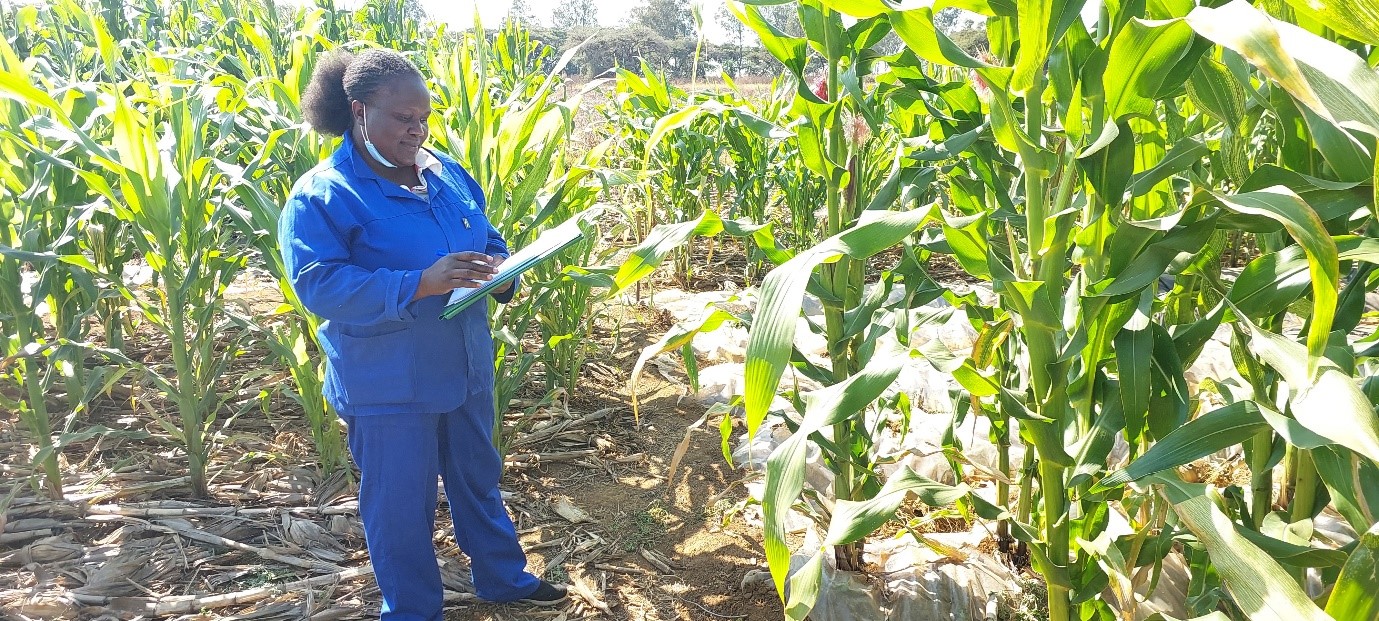
Traditionally, farmers are advised to use organic mulch, such as maize residues, for soil cover. However, in most communal areas, there is a growing scarcity of organic mulches as they are predominantly used as livestock feed in mixed crop-livestock farming systems. Ironically, semi-arid regions that benefit from the use of crop residues as soil cover are also regions where the residues are the scarcest due to competing uses as livestock feed or as firewood. These competing interests pose a dilemma, as it is essential to cover the soil while also necessary to feed the animals. In neighboring countries like Malawi, maize residues are also used as fuel for firewood, further increasing the demand. It is clearly important, therefore, to develop alternative solutions to address this pressing issue.
“Since I embarked on my journey in conservation agriculture back in 1998, the matter of residues has been a topic of discussion. It is imperative that we walk the talk and develop practical solutions to meet the needs of farmers who rely on residues to feed their animals. One potential solution we are exploring is the use of synthetic mulches to cover the soil. By employing this method, we can cover the soil, apply fertilizer, and hopefully witness a positive impact. We certainly must develop synthetic materials that can be used sustainably as surface mulches in the semi-arid environments where organics are most scarce yet most needed,” stated Isaiah Nyagumbo, regional cropping systems agronomist.
To test such innovations, some water-conservation experiments were established in Buhera and Mutoko, Zimbabwe, during the last two seasons, and the results have been encouraging.
“I am grateful to work with the CIMMYT team on these water conservation trials, and I hope they continue. Before the trials, we were using organic mulch, but after using the synthetic approach and comparing it with organic mulches and none at all, we are seeing so many positive results. But there are challenges we can’t escape, including affordability. But I have seen higher yield returns this year as I harvested close to 15 by 50kgs of maize,” said Nyawasha, a farmer from Mutoko, Zimbabwe, ward 16.
Further detailed studies to understand these systems have also been established in the current dry season at the CIMMYT campus in Harare, to test the effectiveness of these synthetic mulches under conditions of severe moisture stress. The different treatments include clear synthetic mulch, black synthetic mulch, organic mulch and no mulch. So far, for the maize crop now at flowering stage, the growth and yield are strikingly better in plots under the synthetic mulches compared with the organic and no mulch plots. This clearly shows the importance of finding viable alternatives. The crop with synthetic mulches also developed much faster, all the way from crop emergence.
Exploring the tied-ridging system
In these trials, mulching treatments are being tested in conventionally tilled plots, CA basins (pfumvudza basins) and under the tied-ridging system. Tied ridging has been developed in Zimbabwe for use by smallholder farmers since the 1980s and is well known for its effectiveness in reducing sheet erosion and water run-off. This system employs ridges 15–20 cm high, with crossties in the furrows at 1–2 m intervals that trap rainwater and prevent runoff and soil erosion. However, in a typical rainfed system, poor germination challenges can arise when planting on top of these ridges due to excessive drying of moisture from the raised ridges. Furthermore, during prolonged dry spells, the exposed ridges tend to cause crops to wilt more than flat-planted conventional crops. To address these issues, scientists at CIMMYT in Zimbabwe are also exploring innovative ways to improve the tied-ridging system through ways that minimize water loss through direct soil evaporation.
“This has been one of the shortcomings of the tied-ridging system, and we need ways to overcome this excessive moisture evaporation. Once the water has gone into the soil, it should only leave through plant uptake and not be wasted through direct soil evaporation,” said Nyagumbo.
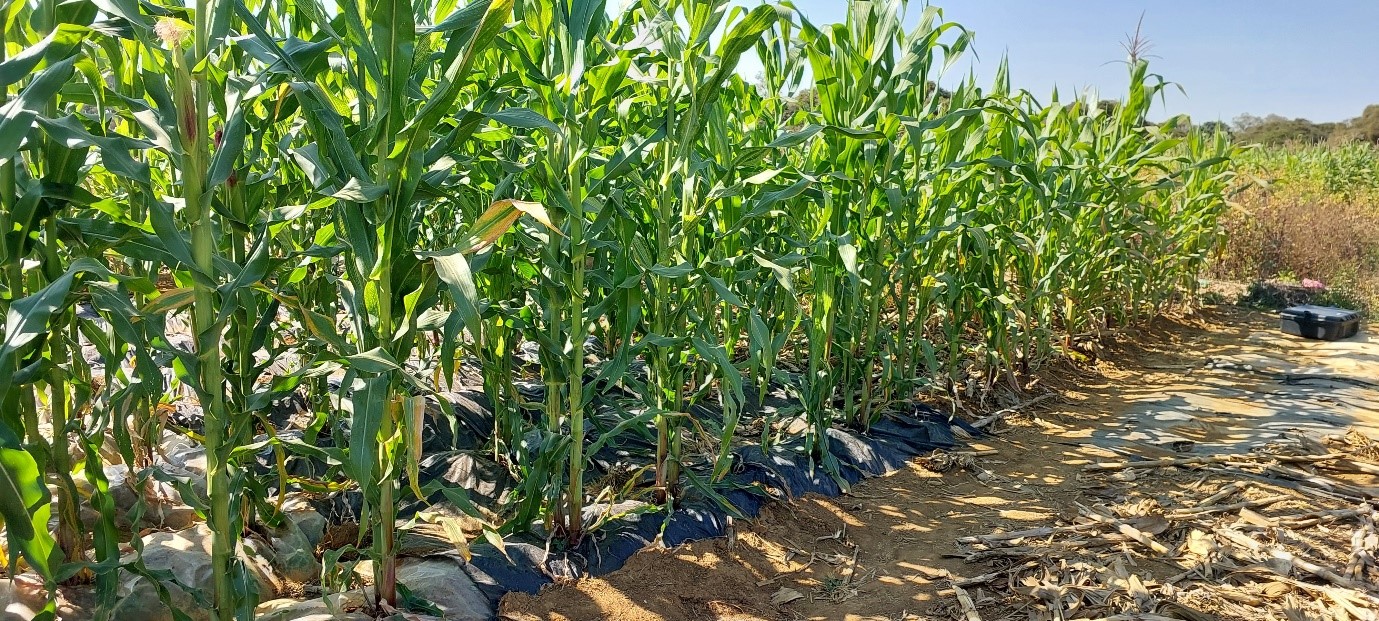
One approach being considered is incorporating mulch into the system to reduce evaporation and ensure that captured water is retained. The results are evident in the vibrant greenery of the plants with mulch compared with those without. Observing the number of plants with tassels and silk, it is clear that the plots with clear synthetic material have faster growth and reach maturity sooner compared with the plots with black synthetic mulch.
“My outlook on the use of synthetic mulch on ridges is that they are much more effective, as it makes the soil very loose for good aeration to the plant and encourages high growth rate. I noticed that plants germinated in three days and the little water provided will directly benefit the plant without escaping. I am encouraged to continue doing this tied ridge approach using synthetic material,” said Nyekete, a farmer in Buhera, Zimbabwe, ward 7.
While exploring various options, it has also been important to prioritize and focus on one aspect at a time. The initial focus has been on maize residue, as it is a valuable resource for both soil cover and livestock feed. However, the scarcity of maize residue poses a significant challenge for many farmers, especially in regions like Buhera, Mberengwa and Shurugwi, where animals consume all available resources. Placing maize residues in open fields is not a very viable solution, as freely roaming livestock will just consume it. Fencing or creating structures to protect the residues from livestock also requires substantial effort and resources, thereby making this mulching a daunting task for farmers.
Food for thought
While the challenges faced in providing mulch for conservation agriculture are multifaceted, there is a growing need to develop innovative solutions that address the scarcity of organic mulch and explore alternative methods such as synthetic coverings. By continuously adapting and refining our practices, we can ensure the sustainability of agriculture in this region and improve the livelihoods of farmers.
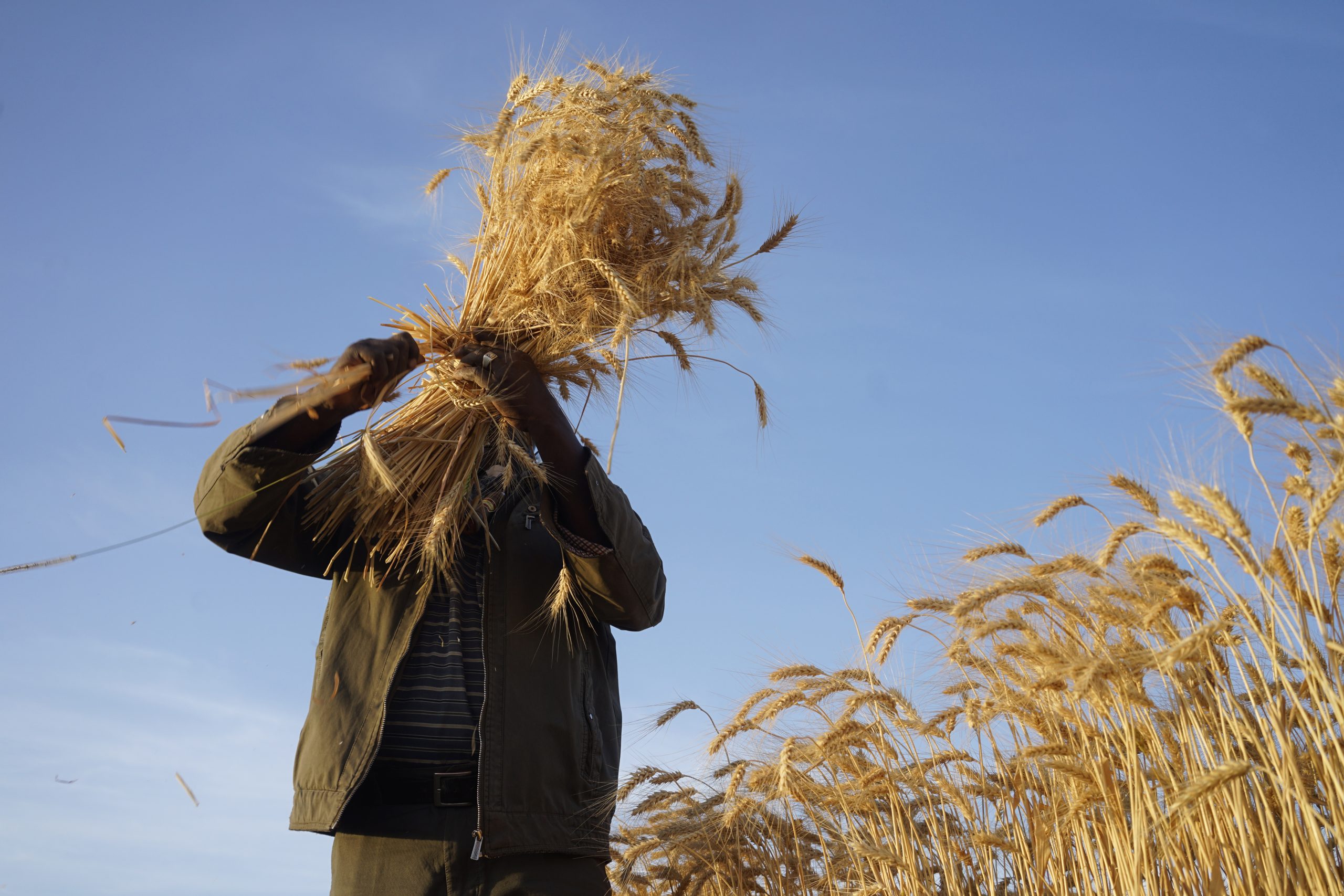
 Climate adaptation and mitigation
Climate adaptation and mitigation 